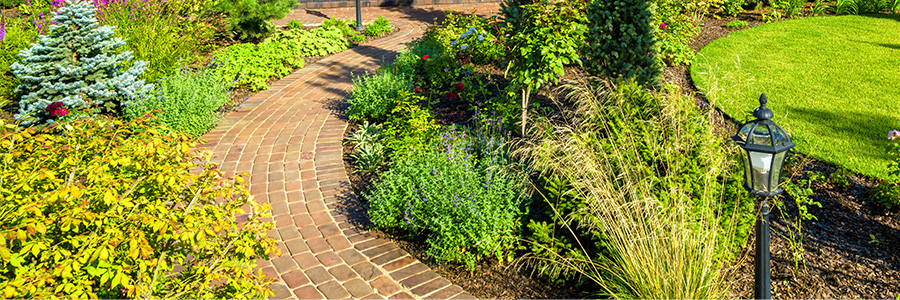
In an era where every drop of water counts, using this precious resource to irrigate non-functional turf no longer makes sense – and hasn’t for a while now. Non-functional turf is typically defined as grass that is predominantly decorative and not used for civic, community, or recreational purposes…think of a patch of grass in a parking lot, vs. a field of grass at a park that is regularly used for sports games and community events.
We’ve all been hearing for years now about either getting rid of lawns or watering lawns less. But do you know why this decorative grass is so detrimental – and have a solution for what to replace it with?
In Southern California alone, there are about 218,000 acres of turf – 23% of which is non-functional. It’s estimated that it takes nearly 98 billion gallons of water annually to sustain this grass — and that’s just one small area of the entire country.
As the nation faces increasing droughts and water scarcity issues, conserving water in any way we can is critical – and replacing areas of non-functional turf with native plants and sustainable landscaping is a great start.
Replacing non-functional turf with water-efficient landscaping
When starting from scratch designing the landscaping on a new site or simply re-evaluating what’s already there – it’s important to consider how the landscaping has been or will be used.
Is it purely for the site’s aesthetic?
Is it capturing rainwater and runoff?
Is it for recreational purposes – will people be walking and playing on it?
If turf were to be laid down…would it serve a purpose, or would it be solely for appearance and end up using a massive amount of water at the detriment of both the environment and the client’s water bill?
A smart approach is to work with the landscape, instead of against it. If the site is in a region that struggles with severe drought – turf isn’t the right choice. If the landscaping is purely for the looks, turf isn’t the right choice.
Unless you’re working on a sports field or a park, it’s likely that the site doesn’t need grass and will thrive with a variety of water-efficient plants that are sustainable and look just as good! Use native, drought-resistant plants and group plants together in zones based on how much water they need, to improve irrigation efficiency.
What to do if non-functional turf can’t be replaced
If you’re working on a site that does need turf to be laid down, or already has turf that can’t be replaced, a great way to improve its water efficiency is to explore alternative water sources. Instead of using a high-volume of our limited domestic water to irrigate the grass, consider using recycled water such as captured rainfall, water from a nearby pond, greywater, and more.
This conserves water and can keep landscapes just as healthy. With the right smart irrigation system, you can even seamlessly switch between multiple water sources within the same landscape!
Having too much non-functional turf is a problem in many areas of the country, but thankfully, we have solutions in sustainable landscaping, alternative water sources, and smart, efficient irrigation.

